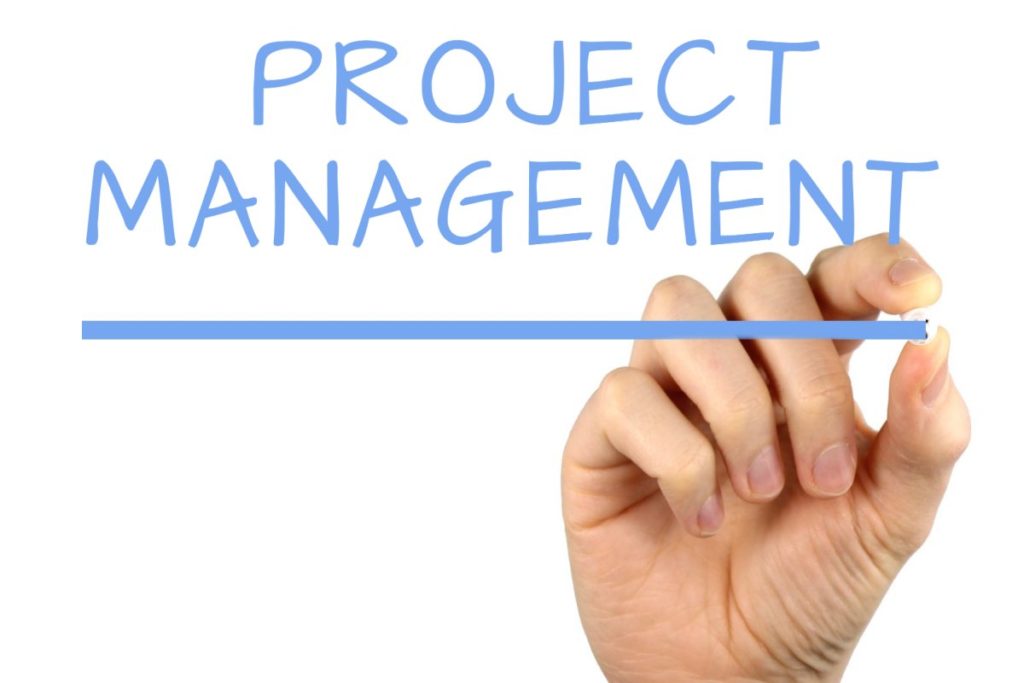With many of us working from home, project management is much more challenging because most of our colleagues are no longer in the same physical workspace.
Just because we do not share an office anymore, though, does not mean we cannot achieve the same kind of success in projects that involve many people. So how do you successfully engage in remote project management? Here are 3 tips for successful remote project management that can help you organize and strengthen your approach.
1. Choose The Right Communication Tools
In order for a remote team to be effective, everyone needs to be able to efficiently communicate with one another, especially with tight deadlines.
Technology is the answer, and that means supplying team members with everything from video conferencing tools to project management apps that organize conversations around a single project in one place.
If you are thinking about email, you really want to think again, as the average office worker receives 121 emails on a daily basis. On the other hand, research shows that 90 percent of SMS texts are read within 15 minutes. The average response time to texts is just just 90 seconds.
By implementing an SMS texting solution to streamline internal communications, you can much more easily remotely manage even the most complex of projects. SMS texting also enables you to reach many people at one time with just the press of a button.
2. Get SMART
Most of us have heard about setting SMART goals. SMART is an acronym that stands for Specific, Measurable, Achievable, Relevant and Time-Based.
In remotely managing a project, though, the need to get SMART is magnified many times. Setting clear goals, then, is essential, and this should be done with input from all team members involved in a project.
You should track these goals and adjust them as necessary. The takeaway here is that SMART goals can help provide remote teams with clarity and focus, which is critically important as we are all working in ways that present unique challenges.
Setting SMART goals not only helps clarify the necessary inputs and outputs, it also gets remote employees to ‘buy into’ the project and its various demands. This psychological ‘buy-in’ is essential if you want the most out of your team.
3. Provide Consistent Feedback
One of the advantages of working in one physical space is that managers can manage by walking around (MBWA). This is not possible in a remote work environment, or is it?
Some experts think MBWA is still possible in a virtual work environment. This strategy, however, takes the form of feedback.
It is all too easy to harp on what your team does not do effectively, so be sure to spend as much time — or more — providing positive feedback so your team knows when they are on track. Positive reinforcement can go a long way to motivating your team.
Sure, you can measure your team’s progress based on identified goals. Checking in with your staff and providing direct feedback on their work, though, can help create and reinforce a culture of accountability.
Final Considerations
Project management — remote or in-person — is really less different than you might think. Efficient communication, SMART goals and feedback are essential in either circumstance, and these elements represent the foundation for success in business.
The main difference, then, between remote and in-person management is the methodology. Successful remote project management hinges on investments in technology and an intentional development of your manager’s people skills.
Provide your teams with the tools they need and support them in the process, and you should see the returns on your investment.
Apart from that if you want to know about Trade Show Display Trends: What’s Hot and What’s Not then visit our Business category.



